Should You Be Painting Treated Wood?
There’s nothing like the fresh coat of paint that takes your tired home and transforms it into an absolute jaw dropper. Each home varies in the materials that make up its foundation.
If your home is made up of pressure treated wood that you’re hoping to paint over, you’ll need some pro-tips to pull it off. Let’s buckle up and dive in to preserve that wood and get the most from your paint.
What is pressure treated wood?
From Cherry to Birch, we live in a world filled with beautiful trees that offer us endless essentials, especially lumber. If you’ve never heard of pressure treated wood, you’re not alone!
Pressure treated wood has been injected with chemicals that can keep the wood from being burrowed by insects and from rotting out. This particular wood is created by putting lumber in a vacuum and curing it with chemicals. Copper is now the main ingredient used to create pressure treated wood which has contributed to the rise in lumber costs over the years.
What is pressure treated wood good for?
There are plenty of things and spaces around your home that could benefit from pressure treated wood. It’s an ideal material for ground posts, decks, and even the side that makes contact with the ground in a finished basement.
This wood type is all about making your life just a little bit easier. Instead of changing your garden posts or deck from wood rot every 3 years, you’ll average a lifespan of at least a decade with wood that is pressure treated.
Can you paint pressure treated wood?
Painting pressure treated wood is doable, but best completed with professional guidance. Your first order of business is determining what the wood's moisture content feels like. Then you’ll use a specific paint and primer after the wood has had a chance to dry out.
What happens if you paint too soon?
If you’re just getting home from purchasing pressure-treated wood from your local hardware store, there’s a good chance that it’s not ready for painting since the wood will likely still be wet.
You may notice that water beads pull up on the surface of the wood. This means that it needs a little extra time to dry which could take weeks, or even months depending on humidity levels and lack of sunlight.
How to paint pressure treated wood
If you’re gonna pull the trigger on pressure treated wood, you’ll want some pro tips to avoid a botched job. The first thing you want to do is make sure you have a latex primer and an exterior latex paint, sometimes referred to as water-based paint, that is compatible with your primer. Be sure to avoid any oil based paints for pressure-treated wood.
Clean, then allow plenty of time for the wood to dry
Know your canvas. When working with pressure treated wood it’s important to remember that you’re working with a unique surface that has cracks, crevices and secrets. You can prep the area you’re about to paint by cleaning it to remove debris and dirt. Soap and water will do just the trick. If it’s an absolute mess, utilizing a power washer might be helpful.
Apply your primer
Once the wood is dry, it’s time to apply your primer. You will want to give your primer time to cure as specified on the label. Applying two coats is a safe bet, and make sure to follow up with that second coat within the specified time frame.
Use coats of paint as needed
Pressure treated wood can hold levels of moisture that are off the charts. Because they can retain that much moisture in the wood’s pores, staying away from opaque or wood stains is best since their ability to penetrate is low. It can also make that wood a prime candidate for peeling and chipping. As pressure treated wood dries, it begins to shrink.
This creates a domino effect of shrinking that may cause your paint to wrinkle or flake off. Make sure to use your mask during application and remember that outdoor ventilation is your best friend.
Hire a professional painting company
If you feel like you need support with this project, there’s no harm in getting a professional eye and extra set of hands. When you choose to hire a professional painting company, you eliminate risk and secure the longevity of whatever project you’re taking on. If you’re curious about local painting companies near you, connect with our website and check out our work.

